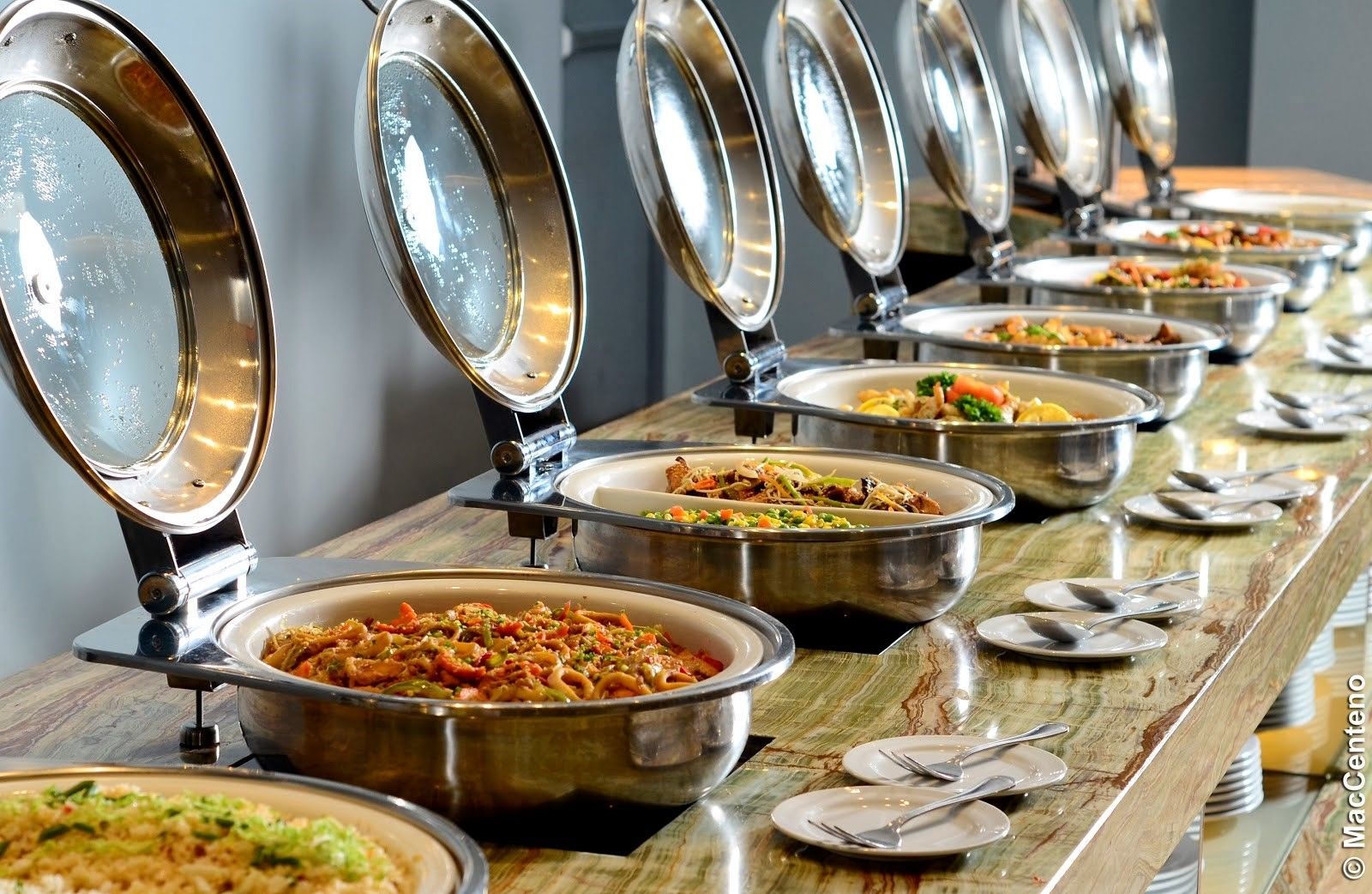Tiling Onto A Wooden Floor
Tiling Onto A Wooden Floor
 When most people think of tiling, what comes to mind is usually basic information that’s not particularly interesting or beneficial. But there’s a lot more to tiling than just the basics.
When most people think of tiling, what comes to mind is usually basic information that’s not particularly interesting or beneficial. But there’s a lot more to tiling than just the basics.
The best time to learn about tiling is before you’re in the thick of things. Wise readers will keep reading to earn some valuable tiling experience while it’s still free.
When tiling onto a wooden floor you need to bear in mind it’s different than tiling onto a concrete floor.
There are many different things you can do and make sure you do before laying ceramic or porcelain tiles onto a wooden floor.
1. When tiling onto floor boards, you will firstly need to lay down 18mm thick floor grade plywood which needs to be screwed down every 30cm centres. You can use a single part flexible adhesive but I use a two part flexible tile adhesive. This is the belt and braces way of doing it.
2. When tiling onto chipboard you will need to do the same as above if you follow a strict adhesives guidelines – but you can use thinner plywood going down to 12mm if the chipboard floor is already solid and screwed down at 30cm centres. Then screw the plywood down in the same way.
3. When putting Under Floor Heating onto a wooden floor, you would firstly need to put down an insulation board. You can fix this down to your existing floor with a 2 part flexible adhesive and then screw it down at 30cm. Now you can lay the under floor heating mat or cable on top of your insulation board. It’s best to use a flexible self-level compound to cover the cables, then you can tile on top using a two part flexible adhesive.
4. If you have a situation were raising the floor might be a problem then you can use a product like Schluter-DITRA. This is a polyethylene membrane with a grid structure of square cavities each cut back in a dovetail construction, and an anchoring fleece laminated to its underside. Designed for tile and natural stone installations and under floor heating Schluter-DITRA not only serves as a waterproofing membrane but also a vapour pressure equalisation layer to accommodate moisture occurring at the underside of the substrate. It’s also an uncoupling layer for problematic substrates such as wooden floors, etc.
DITRA mat is only 3mm thick and you can use a two part flexible tile adhesive to stick it down. You can lay the matting straight down onto your floorboards if they have no movement up or down. Make sure the floorboards are flat and are screwed down to the joists – any natural movement will be taken up with the DITRA mat.
Laying onto chipboard will be the same way as onto floorboards. You can tile on top of the DITRA mat with a two part flexible adhesive. Again a single part adhesive can be used but a two-part adhesive is better.
I hope this is of some help.
That’s the latest from the tiling authorities. Once you’re familiar with these ideas, you’ll be ready to move to the next level.



